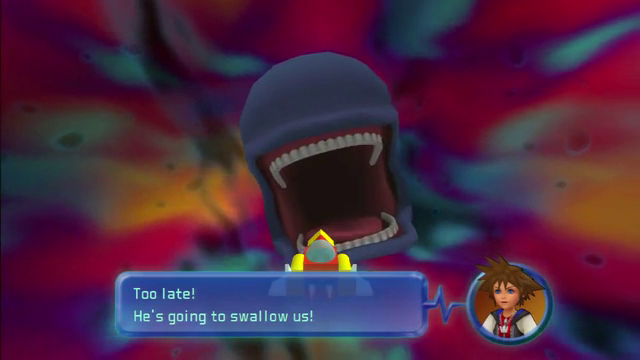Podcast 163 - Triassic Fish Questions
/The gang discusses two papers that look at the extinction and survivorship patterns of clades across the Triassic mass extinction event. Specifically, they look at changes in morphospace in ray-finned fishes as well as phylogenetic patterns of extinction in early archosaurs. Interestingly enough, both studies suggest very low ecological selection (at least in the characteristics we can study in the fossil record), but the archosaur study shows clear phylogenetic clustering of extinction. Meanwhile, James works on his social media engagement, Amanda perfects the concept of a joke, and Curt discovers this podcast’s theme far too late.
Up-Goer Five (Curt Edition):
The friends talk about two papers which look at a time that was really bad when nearly anything died. But this time is slightly different from the other, more well known ones. Its not the biggest, and its not the one everyone thinks of. Instead, this bad time when everything dies happens just a little after the worst of the bad times where everything dies, and may have been important for the angry animals with no hair and large teeth.
The friends talk about how two different types of animals that were changed by this really bad time. The first are things living in the water who can move through the water and have a flipper where their legs and arms should be. This first paper looks at how the form of these flipper animals changed before and after the bad time. What they found was that the form of these flipper animals didn't get changed by the both the really bad time, and the bad time very few people think about. They think this might mean that the bad time focused on hurting flipper animals that liked it to be warm or cold wet or dry. It also could be that these animals had a single job in their home. This is because form often changes when animals take on new jobs or move to a new home with different things the animals have to deal with. This might mean that these flipper animals just were not changed in any way but these big bad times of death.
But the other paper looks at animals on land who are aunt and uncle to the big angry animals with no hair and large teeth. This paper did not look at the form of these aunts and uncles, but it did look at the sons and daughters and brothers and sisters that these animals had. It also looked at how these aunts and uncles of big angry animals lived; what was their job and how did they like it (warm, cold, wet, dry)? What the paper found was the bad time of death did not kill these aunts and uncles of big angry animals because of their jobs or how they liked to live. So this seems pretty much the same as the paper about the flipper animals. However, the paper also found that if a close brother or sister died during the bad time, their closest brothers and sisters were also going to die. This makes things hard to understand, because close brothers and sisters usually live in places that are almost or very much the same and/or have jobs that are almost or very much the same. The bad time seems to be killing close families, but not because of how they like to live or their job. This could mean that we are missing important things about how this animals liked to live which we just aren't looking for, or maybe we can't look for. It also makes us wonder if more animals might show something very much the same to these flipper animals and these aunts and uncles of big angry animals.
References:
Smithwick, Fiann M., and Thomas L. Stubbs. "Phanerozoic survivors: Actinopterygian evolution through the Permo‐Triassic and Triassic‐Jurassic mass extinction events." Evolution 72.2 (2018): 348-362.
Allen, Bethany J., et al. "Archosauromorph extinction selectivity during the Triassic–Jurassic mass extinction." Palaeontology 62.2 (2019): 211-224.













